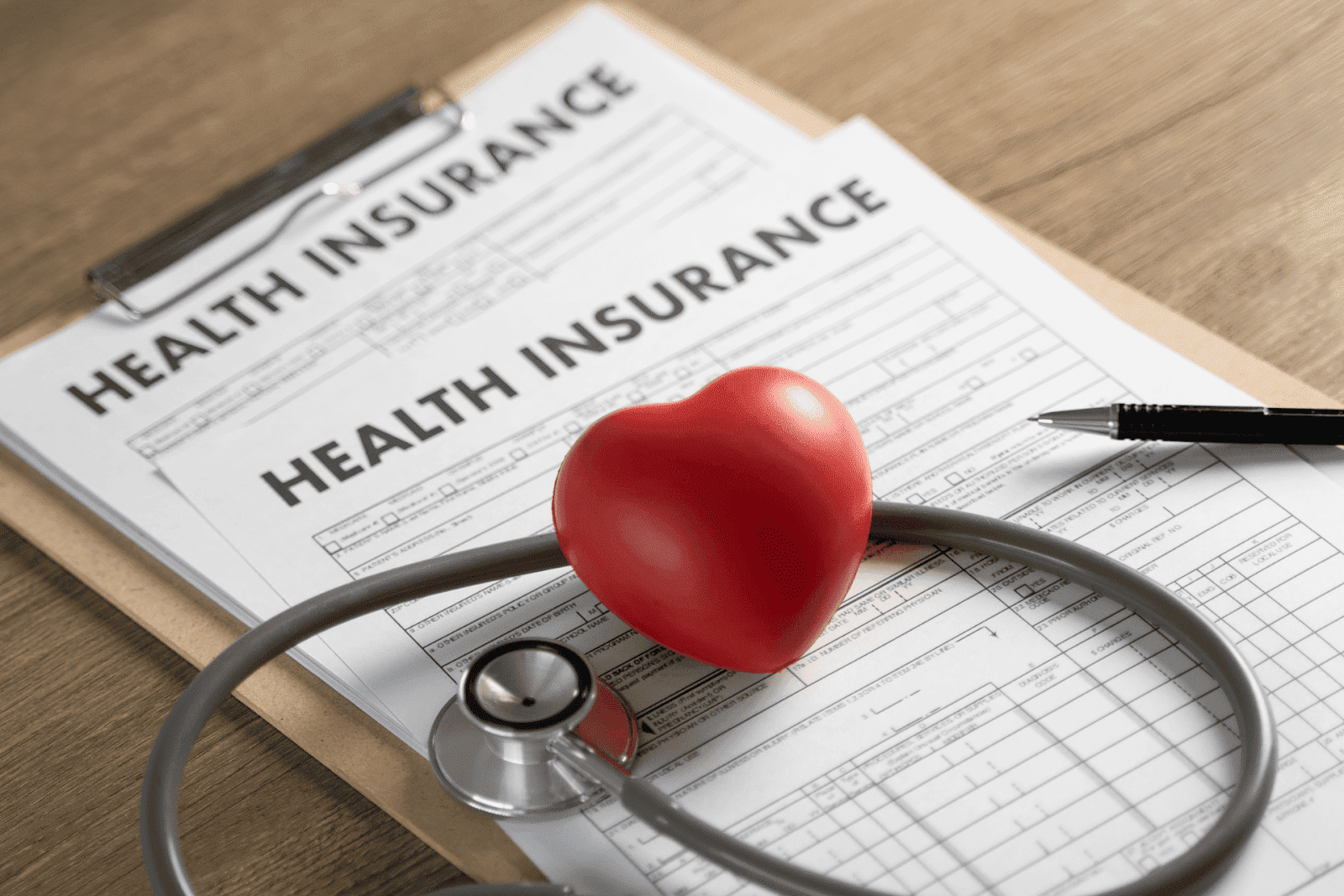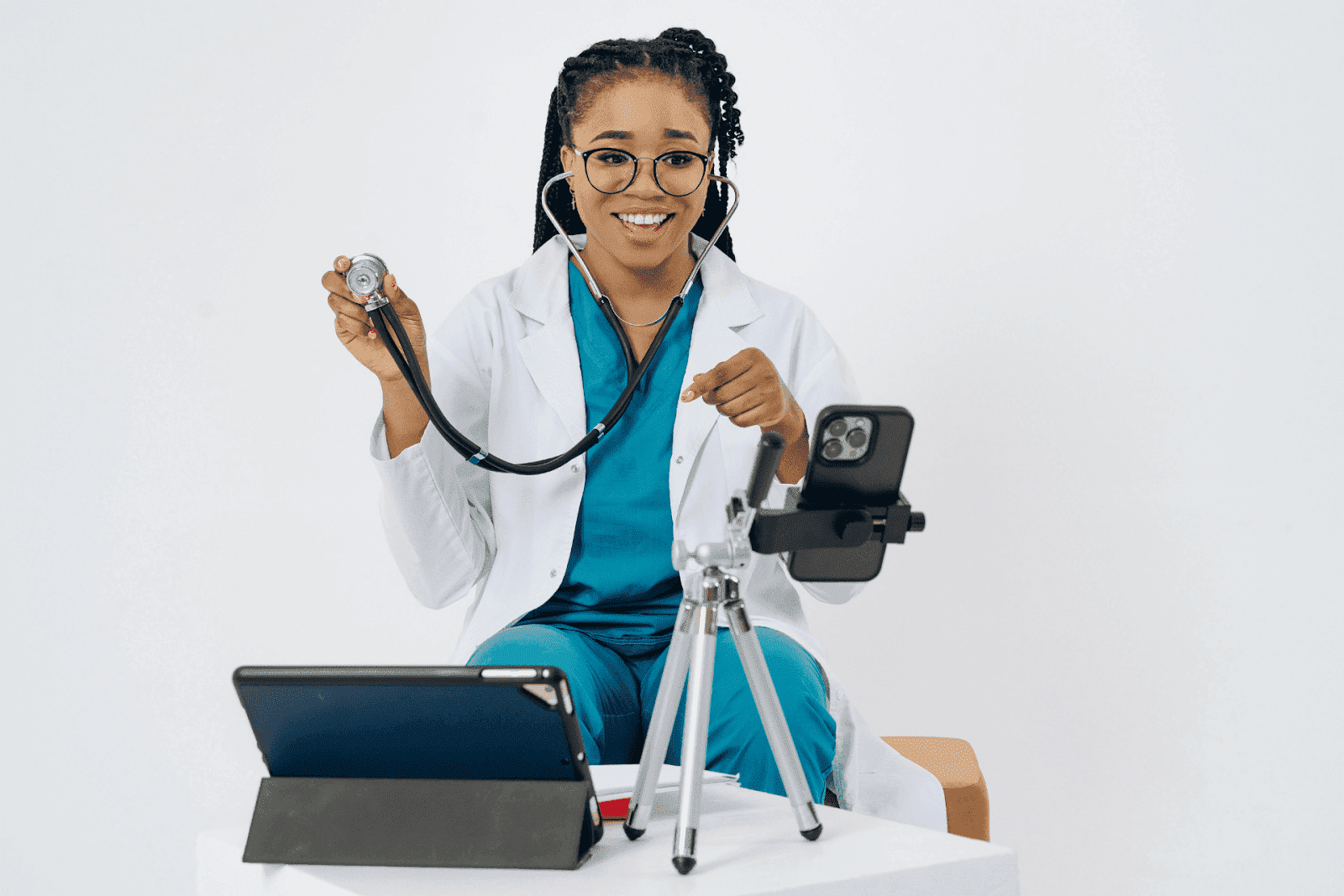7 Common and Serious Side Effects of Varenicline
Understanding Varenicline Side EffectsVarenicline, commonly known by the brand name Chantix, is a medication designed to support smoking cessation. Chantix is no longer [...]
Read More
Medically reviewed by Alan Lucks | MD, Alan Lucks MDPC Private Practice - New York on October 10th, 2025.
Not having health insurance can feel like a major hurdle when medical questions or problems arise. Fortunately, there are multiple practical paths to getting care without coverage, from low-cost clinics to modern telehealth services. This guide walks through realistic options, explains costs and what to expect, and highlights ways to get timely, quality care without breaking the bank.
Seeing a doctor without insurance can mean different things depending on the situation. For acute, non-life-threatening issues, telehealth and urgent care clinics can be fast and affordable. For ongoing conditions, community health centers and sliding scale clinics may provide continuity of care. For emergencies, always call 911 or go to the nearest emergency department, even if uninsured.
Consider three broad categories of care: virtual care, walk-in clinics and urgent care, and community-based clinics. Each has advantages and tradeoffs in price, convenience, and scope of services.
 Virtual Care
Virtual CareTelehealth is one of the most accessible routes for people without insurance. Many telemedicine services offer single-visit pricing below the typical primary care copay. Telehealth can handle common issues such as colds, urinary tract infections, minor skin rashes, medication refills, and mental health check-ins. It is also a great way to get a fast second opinion or initial medical guidance before committing to an in-person visit.
Retail clinics and standalone urgent care centers are good for minor injuries, sutures, X-rays, and conditions that need in-person treatment. Prices vary greatly by location and services. It helps to call ahead for an estimate. Note, some urgent care centers may offer a list of services and hours online, but that information is not available from every provider. Doctronic does not provide a list of urgent care locations with hours, patient reviews, or services offered at the urgent care, so it is best to check local clinic websites directly.
Community health centers, federally qualified health centers, and free or sliding scale clinics provide care based on income, often charging fees that depend on the ability to pay. These clinics can manage chronic disease, preventive care, and basic diagnostics. Documentation requirements are typically minimal, and many centers serve patients regardless of immigration or insurance status.
Virtual visits are faster, often cheaper, and especially useful when the issue can be evaluated without a physical exam. Telehealth has become a mainstream option for uninsured patients, with multiple platforms offering affordable single-visit pricing or free AI-driven triage to help decide next steps.
One notable option is Doctronic, an AI-driven primary care platform that offers free AI doctor visits at Doctronic.ai and convenient, inexpensive telehealth video visits with licensed clinicians. Doctronic provides 24/7 video visits in all 50 states for less than $40, making it a compelling choice for uninsured patients who want a quick, evidence-based consultation that can lead to treatment, prescriptions, or a referral to in-person care.
Most telehealth visits require a device with internet access, such as a smartphone or computer, and a private space. During the appointment, a clinician will take a medical history, ask about symptoms, and may request photos or guide a self-exam. If necessary, prescriptions can be issued electronically, and referrals or labs can be ordered. For many issues, telehealth will resolve the problem or make clear what in-person care is required.
Telehealth cannot replace a hands-on physical exam, imaging like CT scans, or procedures that require in-person intervention. High fever, severe chest pain, difficulty breathing, significant trauma, or signs of stroke require immediate emergency care. If the AI or telehealth clinician suggests urgent evaluation, follow that advice.
Community clinics remain the backbone of care for uninsured patients who need ongoing treatment. These clinics often offer primary care, pediatrics, behavioral health, prenatal care, and basic lab services. Visit the Health Resources and Services Administration website or state health department to find federally funded clinics in the area.
Sliding scale clinics adjust fees based on income, and some free clinics provide services at no cost to eligible patients. These clinics also frequently help with enrollment in local assistance programs, prescription discount programs, and referrals to specialists who offer pro bono care.
Start by searching for federally qualified health centers or community health centers in the city or county. Local public health departments and social service organizations can provide a list of clinics. Patient advocates or hospital social work departments also often maintain directories. Bring identification and proof of income if possible, though many clinics will work with patients who lack documentation.
Most community health centers provide routine check-ups, chronic disease management, labs, vaccinations, and some imaging. Dental and vision services vary by clinic. If a specialist is needed, clinics often provide referrals and may help negotiate reduced fees or payment plans with specialty providers.
Several low-cost models exist that suit uninsured patients seeking immediate care. Retail clinic visits, urgent care centers, and telehealth video visits fall into this category. Prices are often posted online, but it is wise to call and confirm expected charges for testing, imaging, and procedures, which can increase the total cost.
Retail clinics inside pharmacies or big box stores can treat common conditions like sore throats, ear infections, minor wounds, and sore muscles. They are convenient and typically more affordable than urgent care. These clinics commonly offer fixed pricing for visits and simple tests.
Uninsured patients can and should ask for cash-pay discounts, itemized bills, and payment plans. Many providers offer significant discounts for upfront payment. For larger bills, hospitals and some clinics provide financial assistance programs, charity care, or extended payment plans that may reduce or eliminate costs for qualifying patients.
Accessing affordable medications and labs is crucial for many uninsured patients. Several strategies can keep costs down while ensuring necessary treatment is not delayed.
Generic drugs are substantially cheaper than brand-name medications. Many pharmacies offer discount programs and membership cards that reduce out-of-pocket costs. Prescription savings websites and manufacturer coupons can further lower prices. If affordability is a barrier, ask the clinician about therapeutic alternatives or sample medications when appropriate.
Independent lab companies and community hospitals sometimes provide labs and imaging at reduced rates for uninsured patients. Prices for common tests are often available on provider websites. When labs are ordered, patients may ask clinicians to send orders to a lower-cost lab or negotiate self-pay pricing before the test is performed.
Being prepared for an appointment makes the visit more efficient and increases the chances of getting the care needed at a manageable cost. Gather basic medical information, be ready to describe symptoms, and bring a list of current medications and any known allergies.
Carry a photo ID if available, a list of medications including dosages, any recent medical records or imaging, and a list of current symptoms and when they started. If income-based care is sought, bring proof of income, such as pay stubs or a letter indicating unemployment if possible.
Ask about diagnosis possibilities, whether tests are necessary now or can wait, cost estimates for recommended tests or procedures, and whether there are affordable medication alternatives. If a referral or imaging is recommended, ask for an estimate and options for lower-cost providers.
Doctronic is a modern option worth considering when uninsured. The platform offers free AI doctor visits at Doctronic.ai that can help triage symptoms and provide evidence-based recommendations in seconds. For situations requiring interaction with a clinician, Doctronic provides telehealth video visits with licensed doctors, available 24/7 across all 50 states, typically for under $40. These visits can yield prescriptions, referrals, and clear next steps, offering an efficient bridge between self-care and in-person services.
Because Doctronic's AI draws on peer-reviewed medical research, the guidance is grounded in current medical standards. The AI also builds up a record over time, helping it tailor advice to a patient's history. For people without insurance, starting with a free AI visit at Doctronic.ai can clarify whether an in-person appointment is needed and what type of facility would be most cost-effective.
Certain signs should prompt immediate evaluation at an emergency department, regardless of insurance. These include severe chest pain, difficulty breathing, sudden weakness or numbness, severe head injury, uncontrolled bleeding, severe abdominal pain, or signs of a severe allergic reaction. Emergency departments are required by law to provide stabilizing care, even to uninsured patients.
Emergency care is expensive, but there are systems to help with bills after the fact. Patients should ask for an itemized bill, inquire about charity care or financial assistance, and negotiate payment plans. In non-urgent situations, seek alternatives to reduce costs, such as telehealth or urgent care.
One-time visits are often not enough for chronic conditions. Establishing a relationship with a clinic that offers sliding scale care or using telehealth services for ongoing follow-up creates continuity. Many telehealth platforms, including Doctronic, are designed to remember patient visits and medical history, which makes follow-up simpler and more personalized.
Work with a community health center or a telehealth provider that supports longitudinal care, so appointments, test results, and medication management are coordinated. Ask about care coordination services that connect patients to specialists or social services that can assist with long-term needs.
Small strategies can produce big savings. Ask for cash prices up front, choose generic drugs, use telehealth for non-urgent issues, and seek community clinics for chronic care. Keep an organized record of medical interactions to avoid duplicate testing, and always request itemized medical bills to check for errors or unnecessary charges.
Consider using free AI triage tools to understand urgency before committing to an in-person visit. For many health questions, a free AI visit at Doctronic.ai can identify next steps and point toward the most cost-effective care pathway. When a clinician visit is needed, Doctronic’s low-cost video visits provide affordable access to a licensed provider day or night.
 Affordable Care Without Insurance
Affordable Care Without InsuranceNot having insurance does not mean going without medical care. Multiple options provide access to timely, quality treatment at manageable prices. Use telehealth as a first step for non-emergency issues, explore community clinics for ongoing care, and take advantage of pricing transparency, negotiation, and assistance programs. Doctronic offers practical, evidence-based support for uninsured patients, combining free AI visits with low-cost clinician video visits for immediate, personalized care. When unsure, seek care early to prevent small problems from becoming serious and more expensive.
If you're looking for fast, reliable medical advice without insurance hassles, Doctronic is here to help. Start with a free AI doctor visit that uses the latest peer-reviewed research to provide personalized guidance in seconds. When you need more, connect with licensed clinicians for convenient telehealth video visits, available 24/7 nationwide, often for less than $40. Skip the wait and experience primary care reimagined. Skip the line. Talk to an AI Doctor Now, for free.
Match your medical needs to the most cost-effective setting—telehealth for minor issues, community health centers for ongoing care, and emergency rooms only for true emergencies. Always ask about cash discounts and payment plans before receiving treatment to minimize out-of-pocket costs. If you're unsure about the appropriate level of care for your symptoms, Doctronic can provide guidance to help you make the most cost-effective healthcare decisions.
Understanding Varenicline Side EffectsVarenicline, commonly known by the brand name Chantix, is a medication designed to support smoking cessation. Chantix is no longer [...]
Read MoreUnderstanding Chantix Side EffectsChantix, also known by its generic name Varenicline, is a widely prescribed medication aimed at helping smokers quit by reducing cravings [...]
Read MoreKey TakeawaysZyban was a prescription medication primarily used to help people quit smoking. It has been discontinued but generic versions are available.Common side effects [...]
Read More